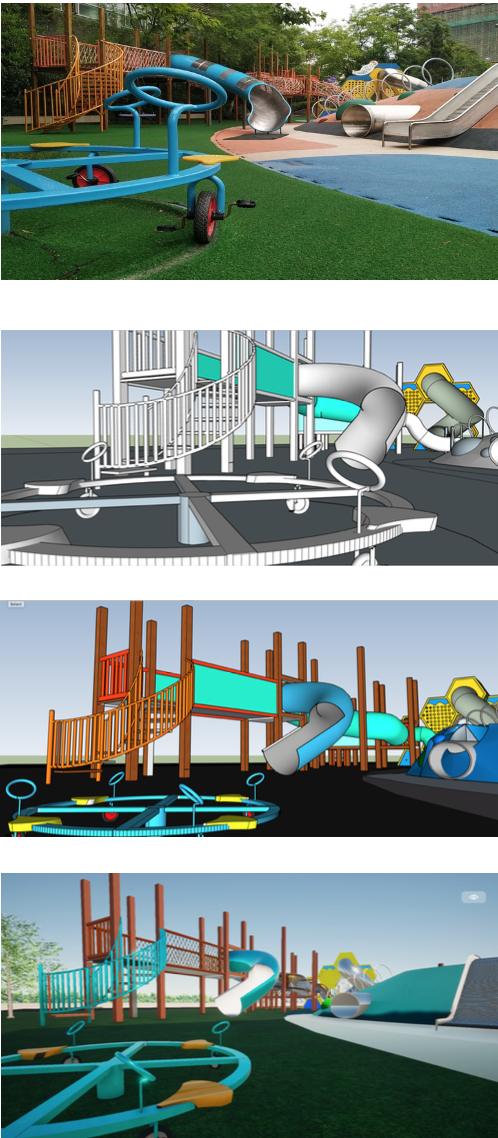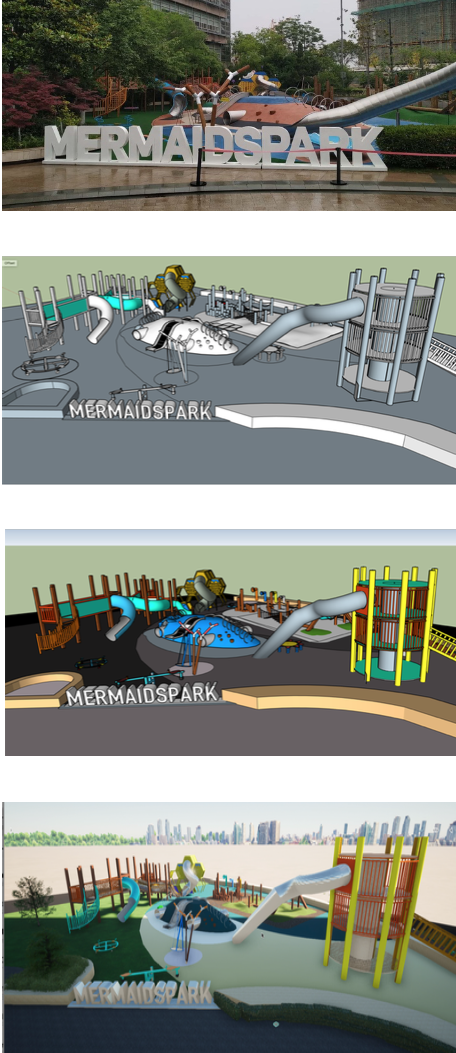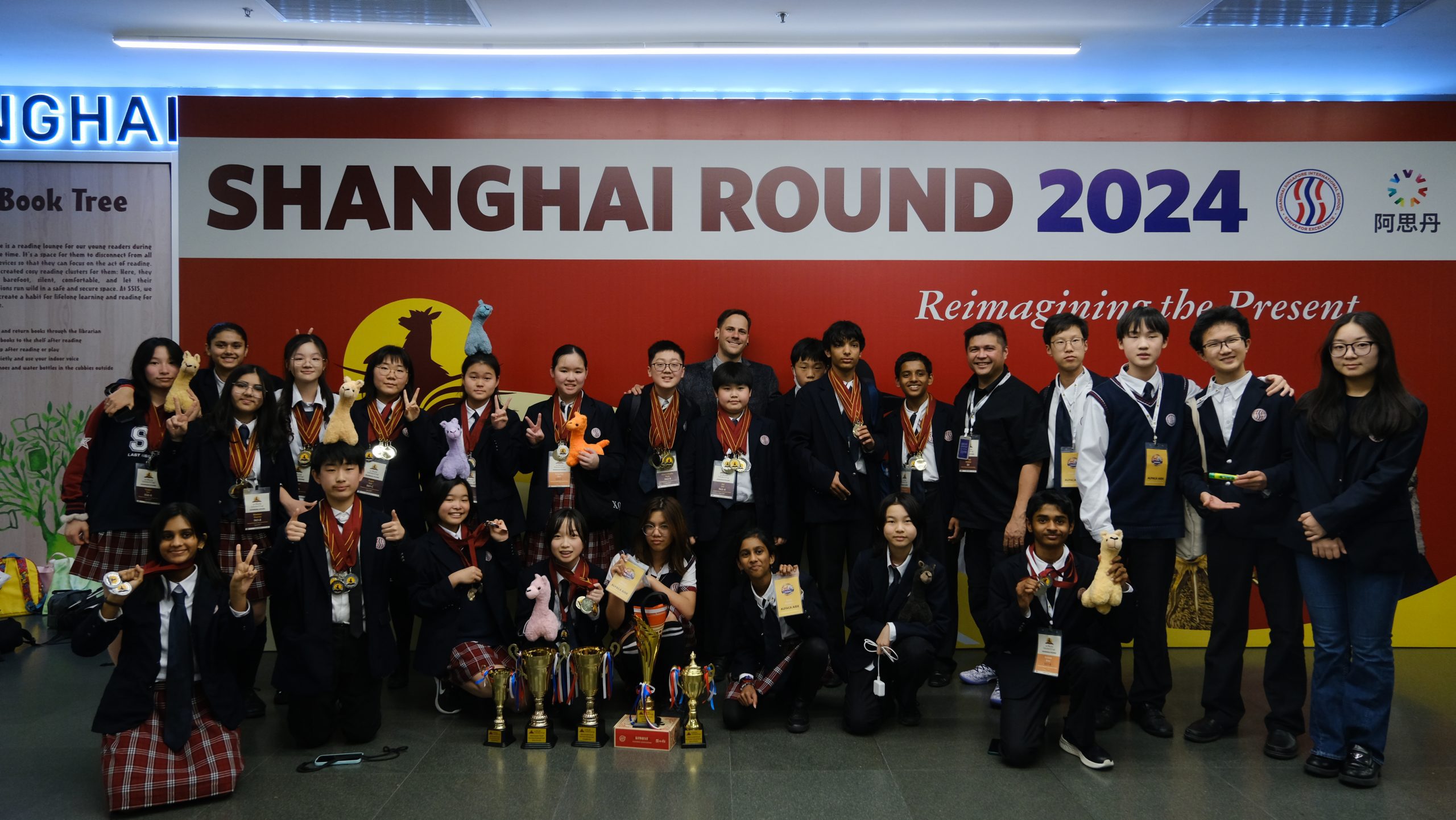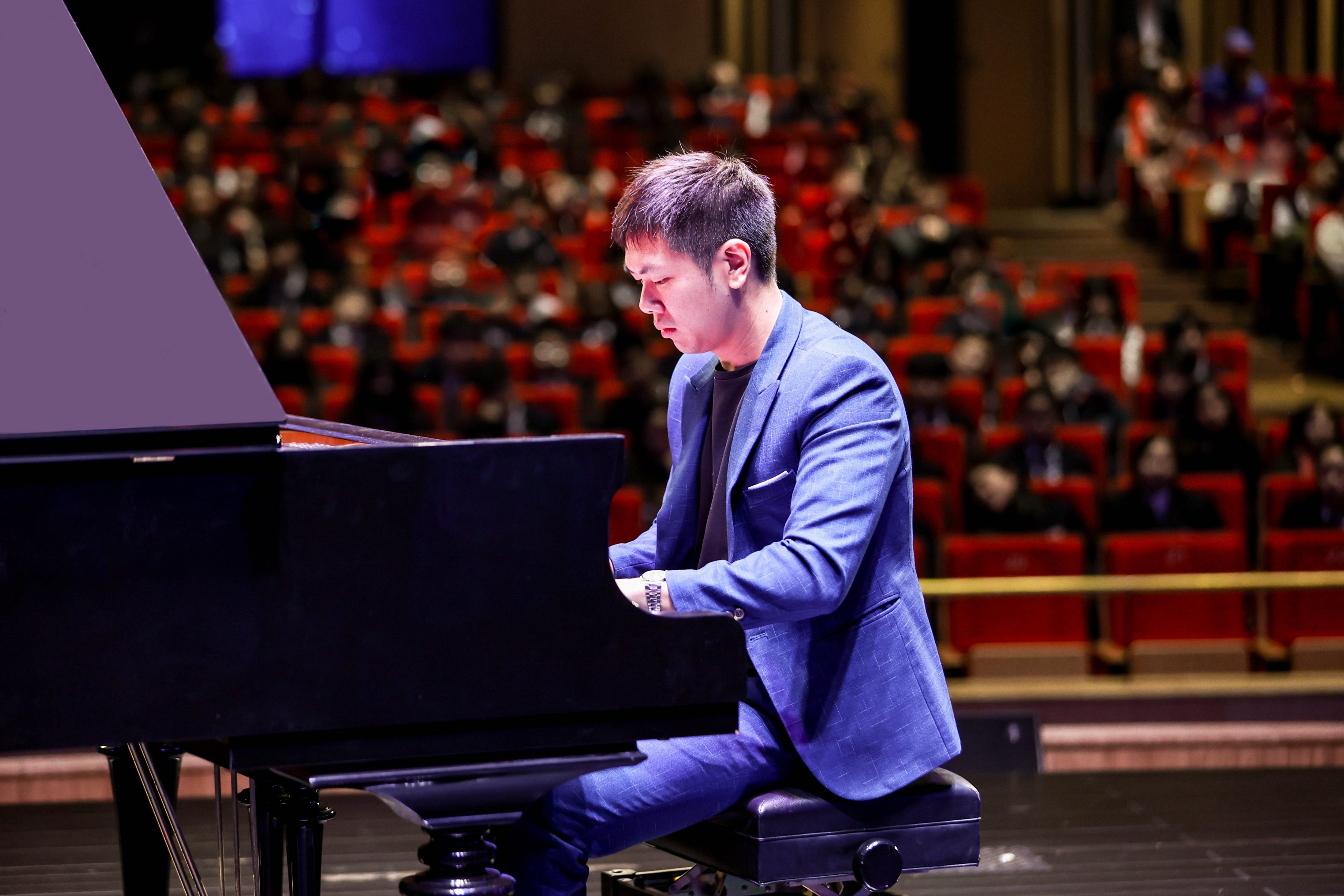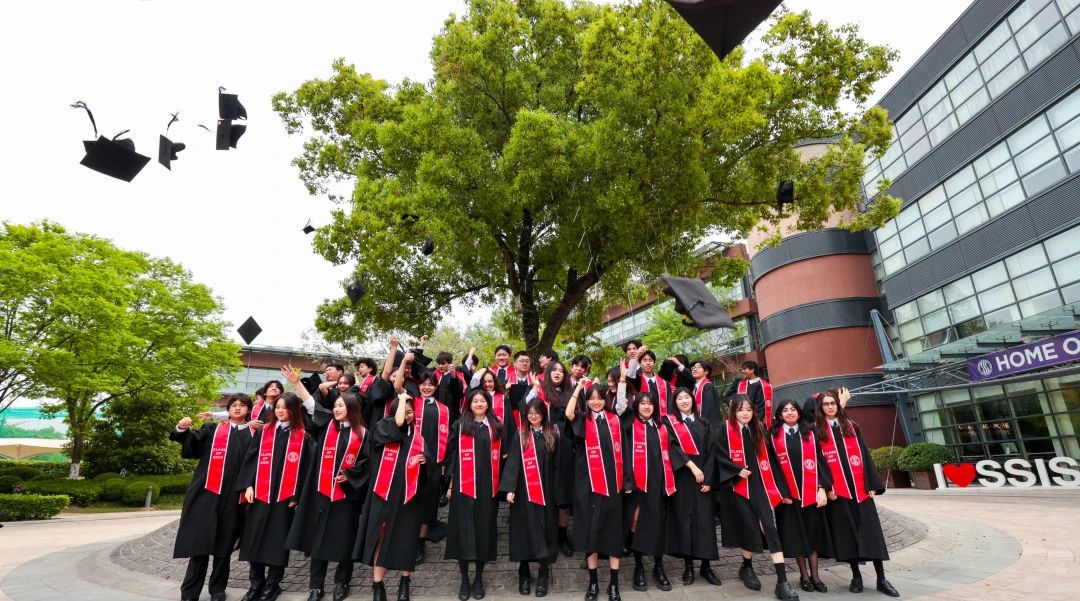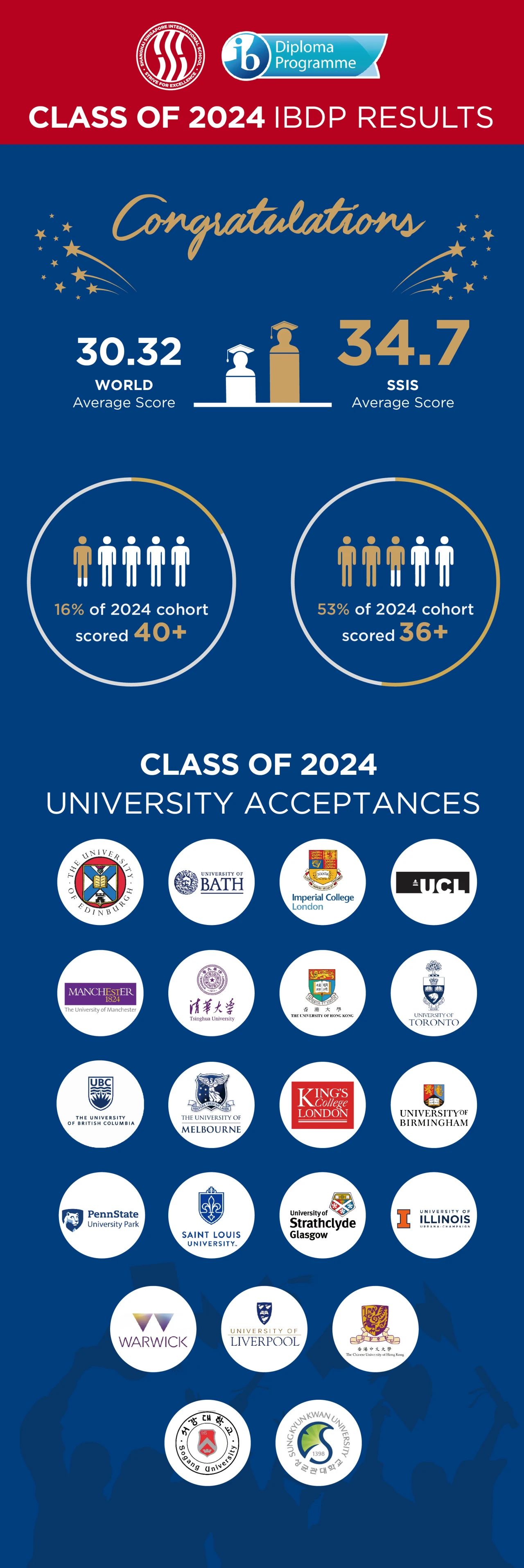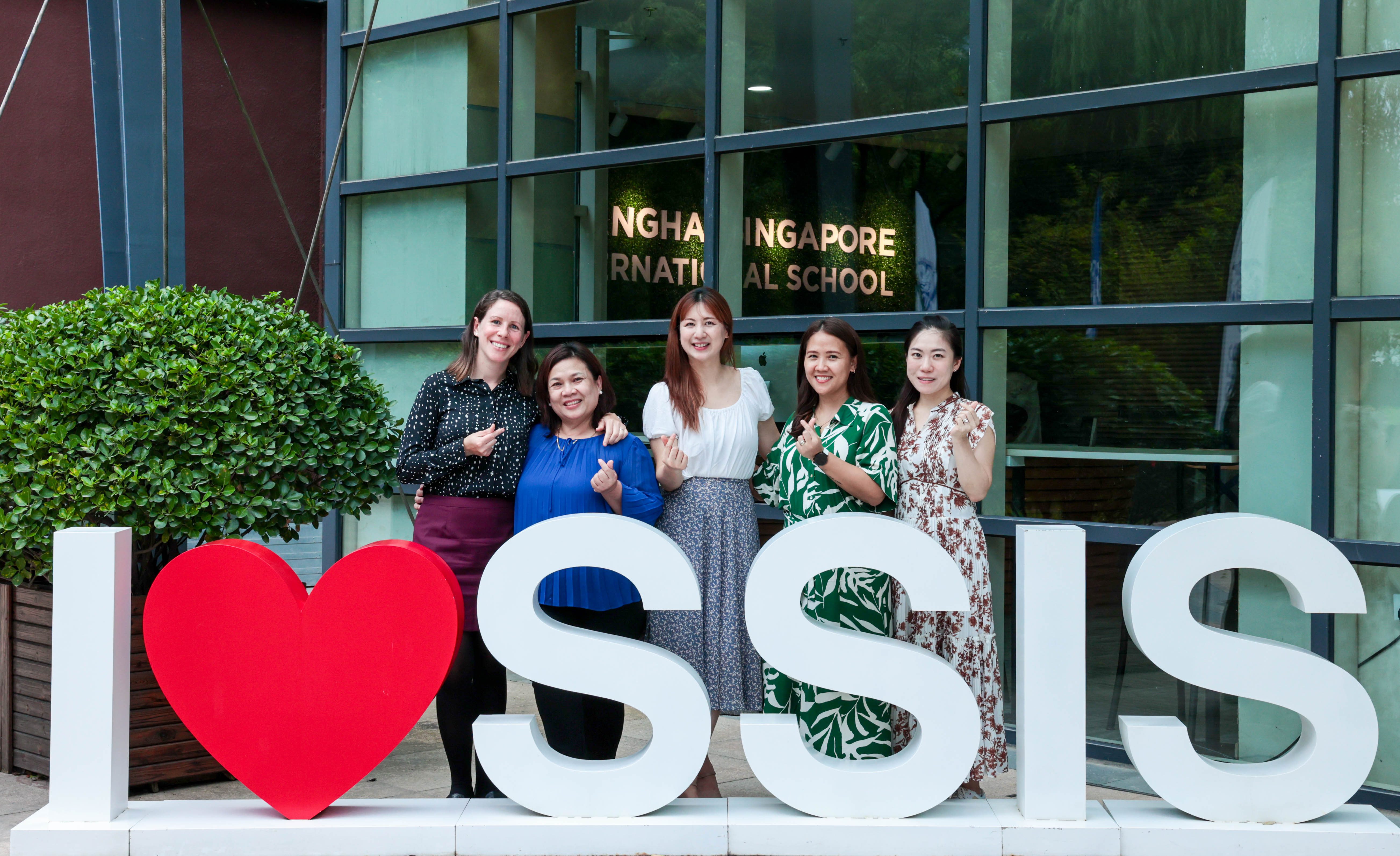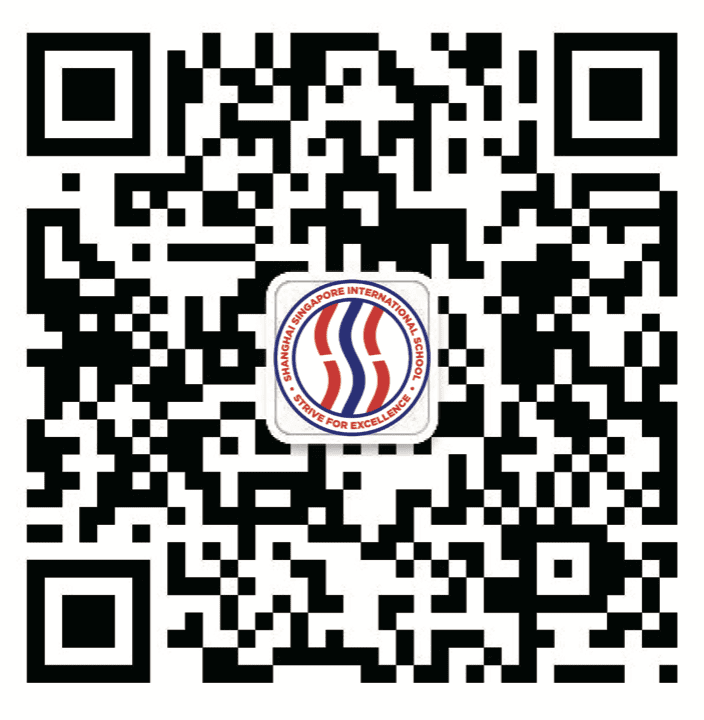Since we last wrote about the Build Your Own School (BYOS) project by our students, they have made much headway, and we were given a preview of their work in progress.
To recap, this student-led, technology club project is aimed at using trending technologies—Virtual Reality (VR) and Interactive Whiteboards (IW)—to map out the entire school virtually.
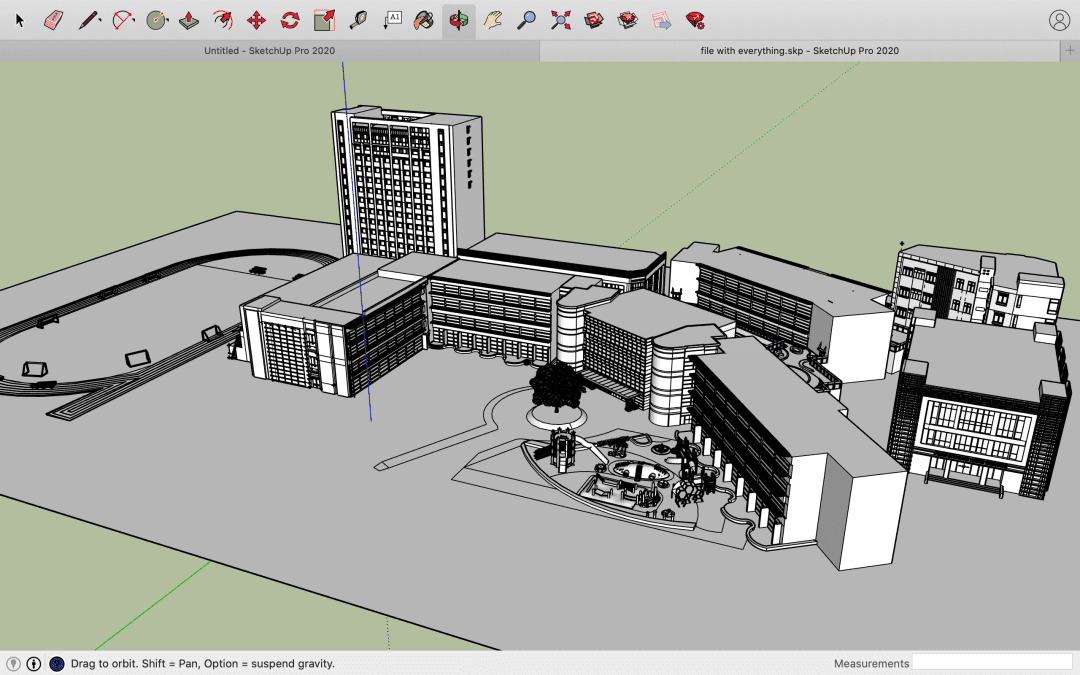
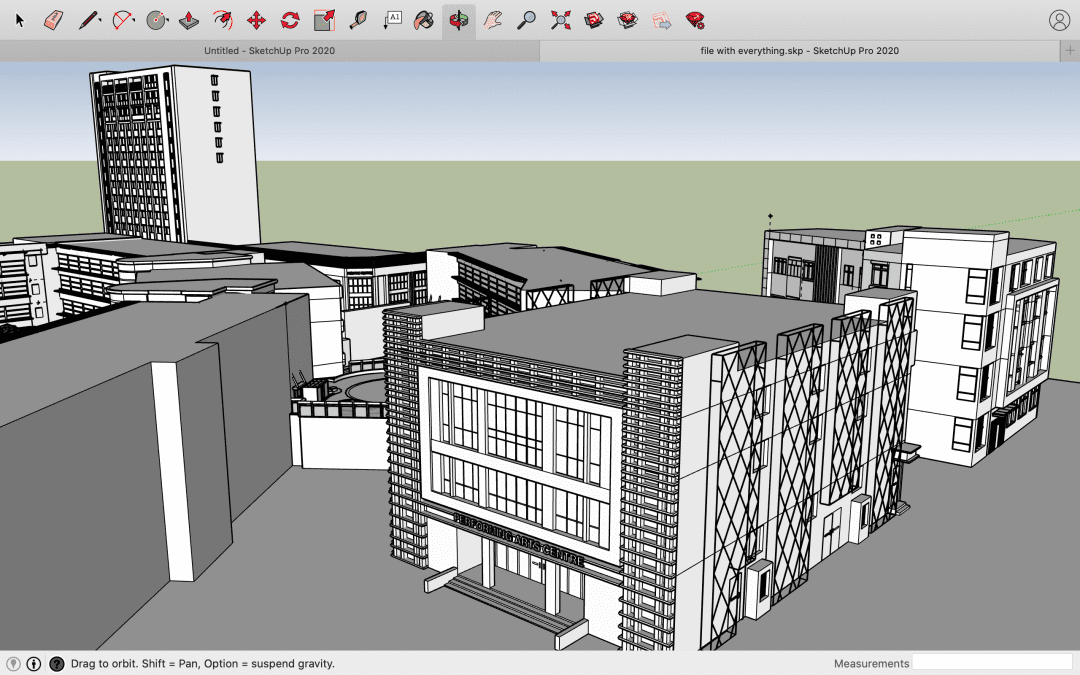
It’s probably easier to explain what the BYOS project isn’t. It’s not a 360° photograph of the school; it’s not a Google Earth view of our surrounds; and it’s not a 360° video footage of the school.
Paarth K. SHARMA (Grade 10)
Using Virtual Reality, they aimed to re-create the entire SSIS Senior School as one 3D model and put it all into a VR headset. In short, it’d be the first virtual manifestation of the Senior School. Put that VR headset on, and you’d have an advanced gaming experience, and be able to turn on/off light switches or move furniture around. To enable this, the team learnt and used established gaming software to create what they needed.
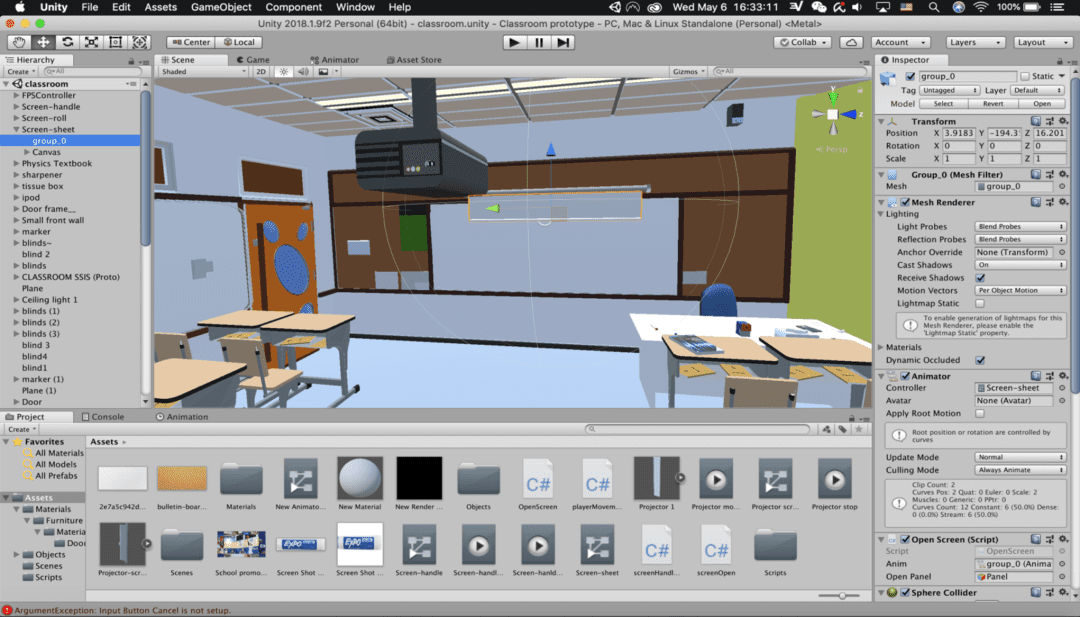
Whereas VR provides an immersion experience, in Interactive Whiteboard the students presented a macro-experience of the school by 3D-modelling the SSIS campus from the outside. They achieve this by mapping and re-creating each building, fence and tree on our campus, as well as nearby landmarks. Matters were complicated when they couldn’t access the campus because of school closure. Still, they surmounted the issues by reading available blueprints and used Advanced Mathematics to work out the heights of buildings and size of its features.
As you can see from this 3-D film of the Mermaid’s Park, the results are nothing less than remarkable:
I deeply admire and am happy to support this enthusiastic group of students. As a student-led initiative, they work through various challenges, explore, master and utilise professional, cutting-edge tools to create a virtual reality interactive model of the school. As pioneers, they are also willing to lead the rest of the school to benefit from such breathtaking tech. A dream come true for any educator.
Viktor DATSIUK
Director of Technology
The virtual project is targeted to be completed in December 2020.
